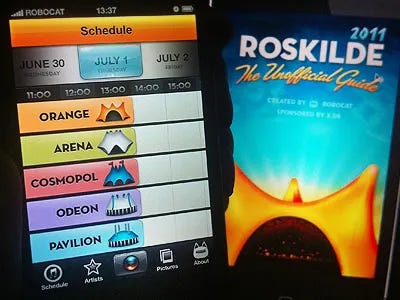Escaping the Purgatory of Boring UI
A big part of why I moved away from app UI design was to escape the constraints. I wanted to work in an environment that allowed for more artfulness—where UI wasn’t just about efficiency but about expression. Game design, and especially game UI, is the perfect playground for that. It’s a space where interfaces don’t have to fade into the background. They can be rich, textured, full of personality, and deeply tied to the world they exist in.
If you’ve been following my work for a while, you’ve probably noticed that I’ve always tried to skew my design work in this direction—pushing for more expressive, tactile, and immersive interfaces, even in places where it wasn’t always expected. This isn’t a sudden shift for me, but more of a natural progression toward what I’ve always been drawn to.
Working on Dinolords has been the most creatively freeing UI work I’ve done in a long time. It’s not about stripping things down to their barest form—it’s about building something expressive. Something that feels like it belongs in the world of the game. UI that tells a story just as much as the gameplay itself.
Interface design has long lived under the rule of minimalism. And sure, not every UI can (or should) be a battle-hardened medieval slab of stone, but I think it’s worth reminding people that we can do whatever we want. Even outside of game UI. We don’t have to follow the same playbook over and over. We can just make up stuff. Experiment. Push things in new directions. Design doesn’t have to fit into a neat, functional box—it can be expressive, weird, and full of personality.




I’m incredibly grateful to be working on something that reminds me why I love making things in the first place. And if there’s anything I can pass along, it’s this: chase the work that makes you feel something. Not just what’s expected.
Now, back to making buttons that feel like they belong in a medieval war room. 🔥
Sincerely,
Michael
Oh, and if you could throw a wishlist at us over on Steam, that would be absolutely incredible.



